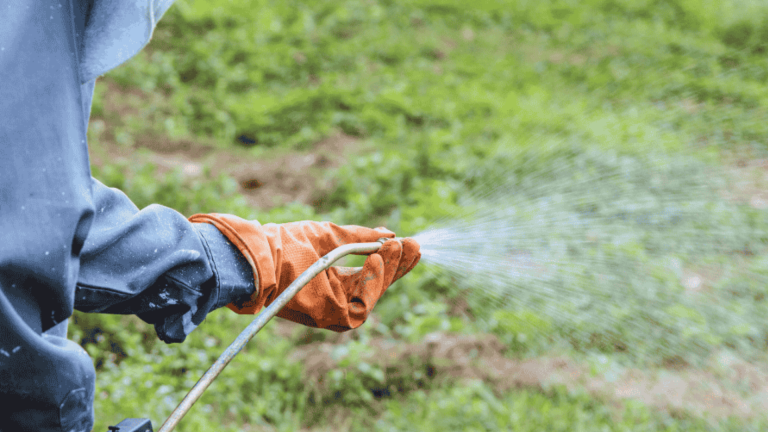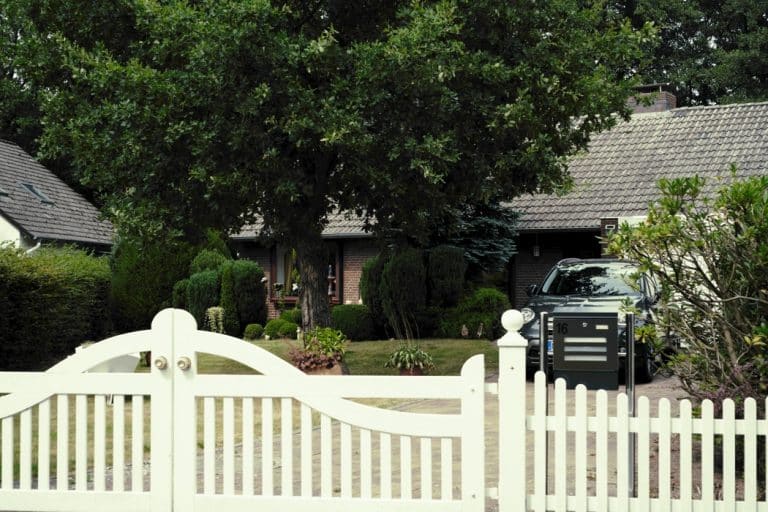I always try to keep my yard clean and free of weeds. But sometimes, life gets busy, and I forget to spray on time. Then I wonder—did I wait too long? Will the spray still work?
Weed spray works best when the weeds are young and growing fast. If you spray too late in the season, it might not help much. The weeds may already be too big or starting to die off, which means the spray can’t do its job.
In this blog, I’ll share how to tell if it’s too late to spray for weeds. I’ll also explain what happens if you spray too late and what you can do instead. If you’re like me and want a clear answer, this guide will help. Let’s take a look at the right timing and how to get your yard back on track.
What Does Weed Spray Do?
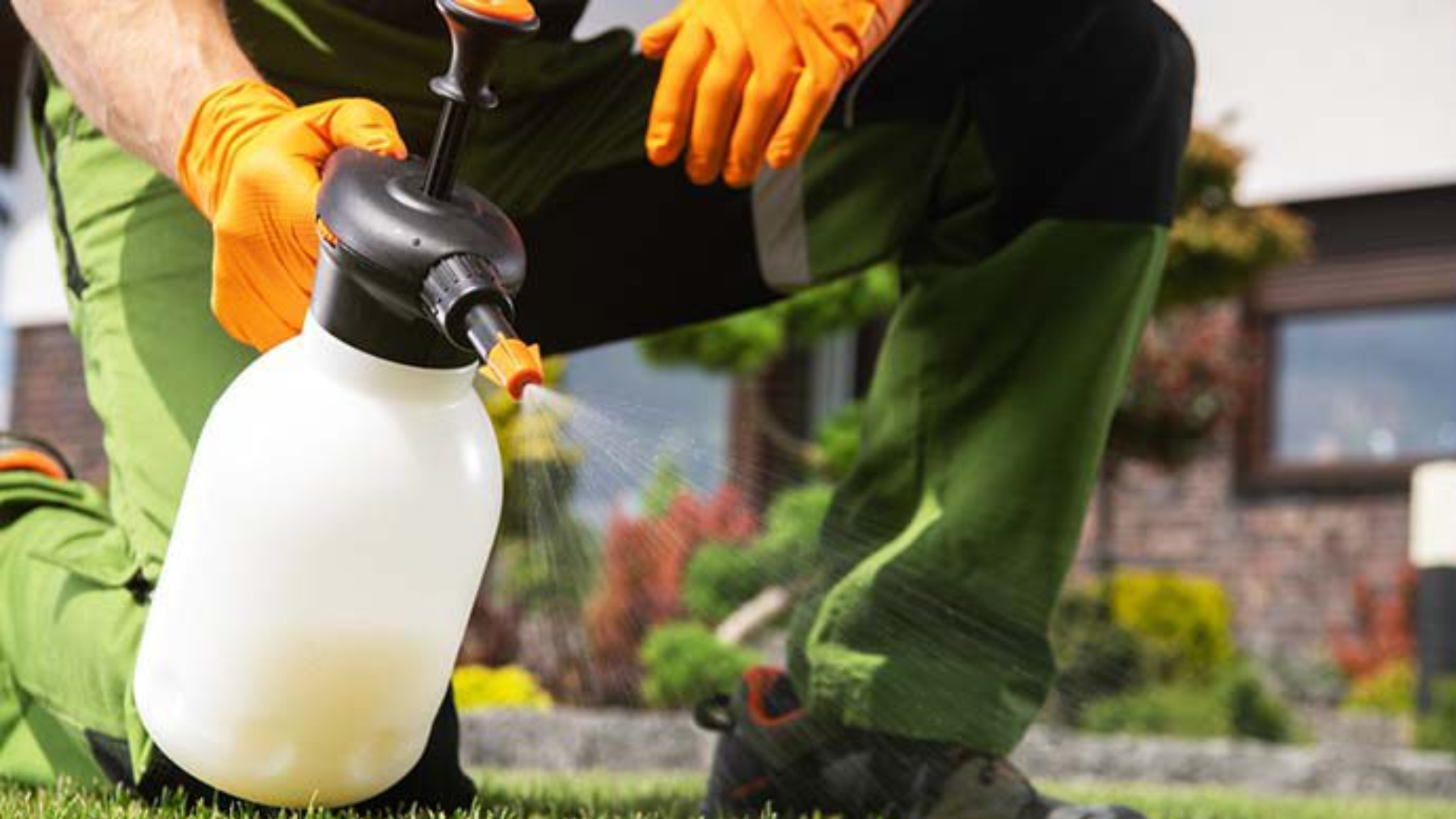
Weed spray, also called herbicide, helps kill weeds in your lawn or garden. It works by stopping weeds from growing. Some sprays kill the weed right away. Others take a few days.
There are two main types:
- Pre-emergent sprays stop weed seeds from sprouting.
- Post-emergent sprays kill weeds that are already growing.
Using the right type at the right time is very important. If you spray too early or too late, the weeds might keep growing.
Why Timing Matters?
The best time to spray is when weeds are young and growing fast. That’s when the spray works best. If you wait too long, the weeds may be too big or already dying from cold weather. When that happens, the spray doesn’t work well.
Also, spraying too late can be a waste of time and money. You won’t see the results you hoped for. Knowing the right time helps you make sure your lawn stays clean and healthy.
The Best Time to Spray for Weeds
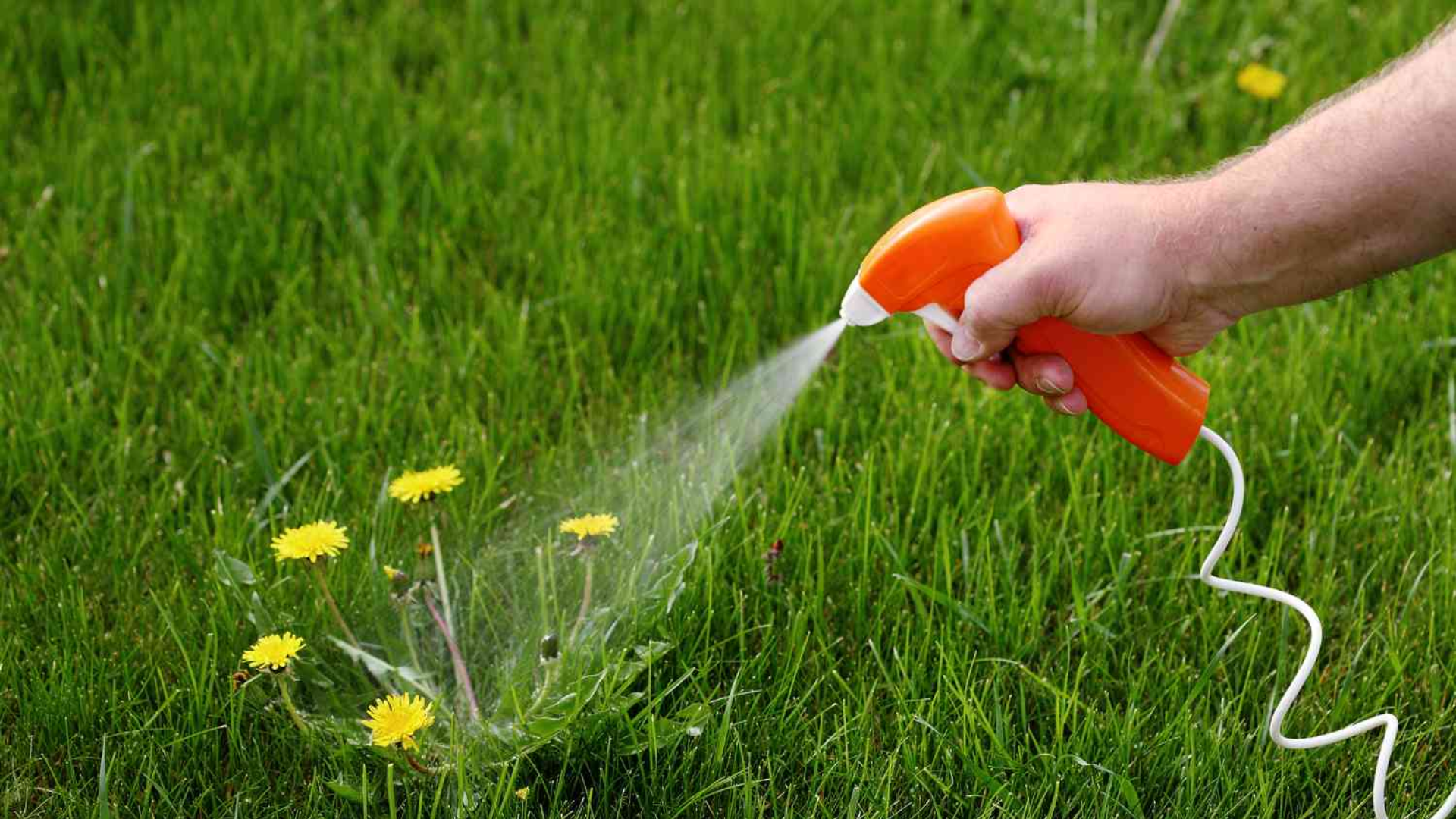
This is when weed sprays usually work best:
1. Spring
Spring is a great time to spray weeds. As the weather warms up, weeds begin to grow fast. This is when post-emergent sprays are very useful. Spray in early to mid-spring, when the weeds are still small.
For pre-emergent sprays, apply them in early spring, before weed seeds can sprout. A good rule is to spray when the soil warms to about 55°F (13°C) for a few days.
2. Fall
Fall is also a good time to spray, especially for broadleaf weeds like dandelions and clover. These weeds try to store food in their roots during fall. If you spray them now, the herbicide goes into the roots and kills them better.
Try to spray at least 2 to 3 weeks before the first frost. After frost, weeds slow down or die off, so the spray won’t work as well.
Signs It’s Too Late to Spray for Weeds
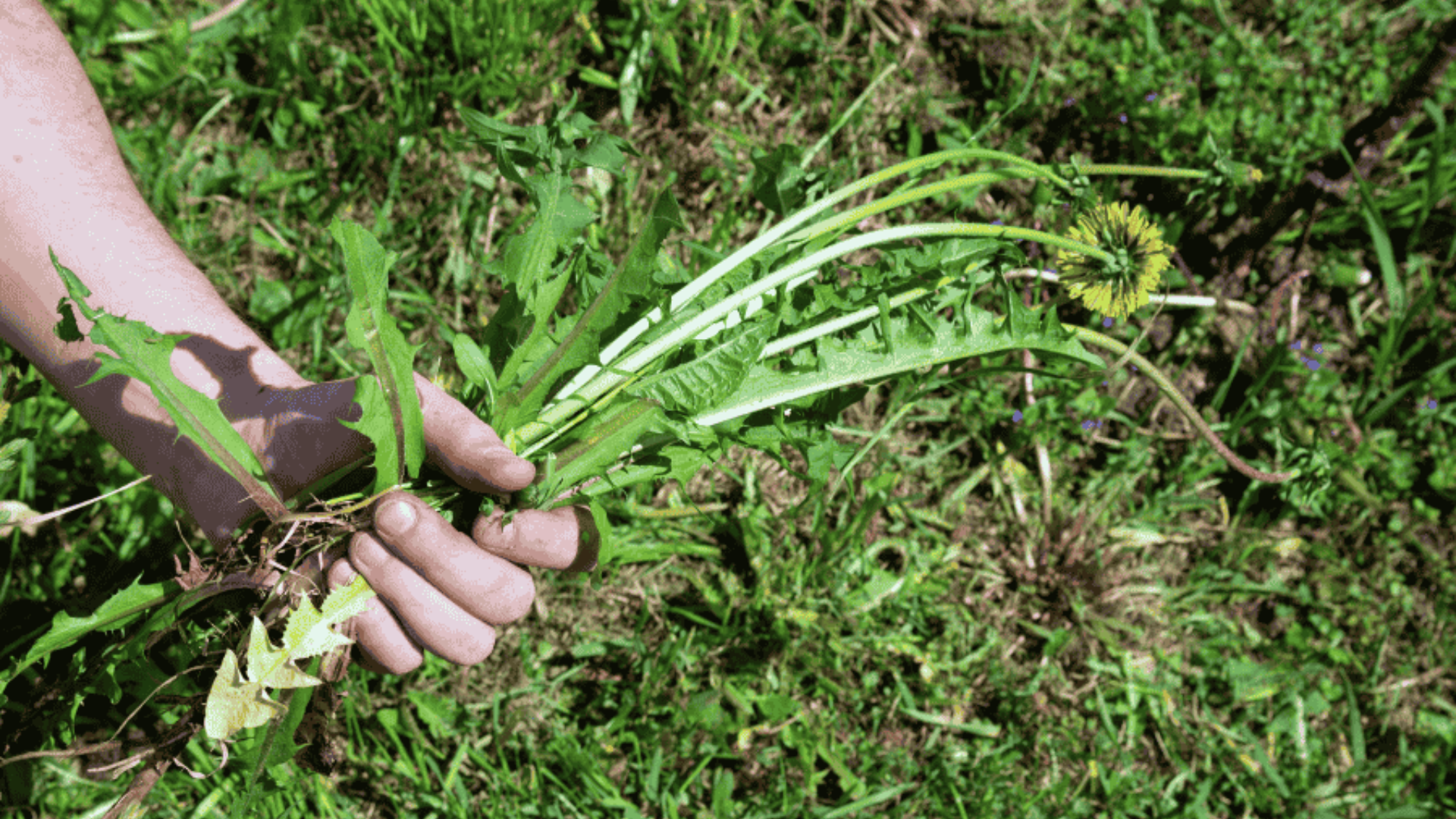
It’s important to know when you’ve missed the right time. Some clear signs are:
1. The Weeds Have Gone to Seed: If you see seed heads on top of the weed, it’s likely too late. The weed has already spread new seeds, which means more weeds will grow soon.
2. The Weather Has Turned Cold: Weeds grow more slowly or stop growing altogether when the temperature drops too low. Sprays work best when weeds are actively growing. If nights are consistently below 50°F (10°C) for several days, the spray may not work effectively.
3. There’s Been a Frost: If your lawn has had a frost, most weed sprays will not be effective. The cold has already damaged the weeds, so the spray has nothing to “grab on to.”
4. The Weeds Are Dried Out or Dying: When weeds are already turning brown or dry, spraying won’t do much. The chemical needs living tissue to move through the plant.
What Happens if You Spray Too Late?
Spraying weed killer too late doesn’t work as well. Weeds need to be alive and growing for the spray to work. If the weather is too cold or the weeds are already dying, the spray can’t do its job. It just sits there and does nothing.
What can happen if you spray too late:
- The weeds don’t die. They stay where they are and may spread more.
- You waste your money. Weed spray isn’t cheap. If it doesn’t work, that’s money down the drain.
- You waste your time. You could have used that time doing something that helps your lawn.
- The spray may harm your lawn. Some sprays can damage grass in the wrong weather or when the grass is already stressed.
- Weeds spread seeds. If the weed has gone to seed, it spreads new weeds even if the old one dies.
That’s why spraying at the right time is so important.
What Can You Do if It’s Too Late?
If you missed your window and it’s too late to spray for weeds, don’t worry—there’s still plenty you can do to help your lawn stay strong.
1. Pull Weeds by Hand: If the ground is soft, you can pull weeds out by hand. Try to pull from the base and remove the roots as well. This works well for larger weeds or ones in flower beds and small patches.
2. Mow the Lawn Often: Mowing doesn’t kill weeds, but it keeps them from spreading seeds. Keep your grass a bit taller to block sunlight from reaching the soil. This helps stop new weeds from growing.
3. Use Mulch in Garden Beds: Mulch is a thick layer of shredded bark, leaves, or straw. It blocks sunlight and stops weed seeds from growing. Add it around flowers, trees, and garden beds.
4. Clean Up Fallen Leaves: Leaves that accumulate on the lawn create wet, dark spots—perfect conditions for weed growth. Rake them up to keep your grass dry and clean.
5. Plan for Next Season: Make a note of the types of weeds you observed and when they appeared. This helps you prepare for the next season. Mark your calendar for when to spray early next year.
How to Prevent Weeds in The First Place?
The best way to deal with weeds is to stop them before they grow. A healthy lawn makes it hard for weeds to take over. If your grass is thick, strong, and fed well, it will block weeds from getting in. Below are the most effective ways to keep weeds away, step by step.
1. Use Pre-Emergent Herbicide in Early Spring
A pre-emergent is a special kind of weed spray that stops seeds from sprouting. It doesn’t kill weeds you can already see, but it blocks new ones from growing. Think of it like a fence for your lawn—it stops the weeds before they even show up.
Tips for Using Pre-Emergent:
- I apply it when soil temperatures reach about 55°F (13°C). That’s when most weed seeds begin to wake up.
- Early spring is the best time, usually around March or April, depending on your area.
- After applying, I water the lawn lightly. This helps push the product into the soil where the seeds are.
- Please refrain from disturbing the soil after application, as this may affect the effectiveness of the treatment.
Use it every year to keep new weeds from becoming a problem.
2. Feed Your Lawn Regularly
Fertilizer gives your grass the nutrients it needs to grow thick and green. Healthy, dense grass leaves little space for weeds to grow. Weak or hungry grass creates gaps—perfect for weeds to sneak in.
Tips for Fertilizing:
- I use a slow-release fertilizer to keep your lawn fed over time.
- Most lawns require feeding 2 to 4 times per year, depending on the type of grass and soil.
- Spring and fall are my key times to fertilize.
- Don’t over-fertilize—it can burn the grass or feed the weeds instead.
Maintain a consistent feeding schedule to keep your lawn healthy throughout the season.
3. Mow the Right Way
How and when you mow matters. If you mow too short, you expose the soil to the sun and weeds. If you mow too long, the grass can become weak or develop a thick thatch. You need a balance.
Mowing Tips:
- I never cut more than 1/3 of the grass blade at once.
- For most lawns, I keep grass around 2.5 to 3.5 inches tall.
- I use a sharp blade. A dull one tears the grass, which can lead to weak spots.
- I avoid mowing when the lawn is wet. Wet mowing spreads weed seeds and causes clumping.
- Leave clippings on the lawn unless weeds are growing. They break down and feed the soil.
A healthy mow helps your lawn fight weeds better on its own.
4. Water Deeply and Less Often
Many people water too often, but not deeply enough. That creates shallow roots and invites weed growth—weeds like wet topsoil. Deep roots help your grass stay strong and soak up more water.
Watering Tips:
- I water early in the morning, between 6:00 AM and 10:00 AM.
- I aim to provide my lawn with approximately 1 inch of water per week, including rainfall.
- Water deeply once or twice a week, not every day.
- Use a rain gauge or a small cup to measure water.
Allowing the lawn to dry slightly between watering sessions helps roots grow deeper and prevents weed seeds from sprouting.
5. Aerate the Soil Once a Year
Over time, your lawn’s soil gets compacted. That means the ground gets hard and packed down, and the grass roots can’t grow well. Aeration loosens the soil and helps air, water, and nutrients reach the roots.
Aeration Tips:
- I Use a core aerator that pulls small plugs of soil out.
- The best time to aerate is early spring or early fall.
- After aerating,I often overseed or fertilize for even better results.
This also breaks up thatch and gives grass more room to grow, leaving less space for weeds.
6. Fix Bare or Thin Spots Right Away
Weeds love open space. If there’s a bare patch in your lawn, weeds will move in fast. That’s why it’s important to reseed or patch spots before weeds take over.
Tips for Reseeding:
- I usually rake the area to loosen the soil.
- I sprinkle grass seed that matches my lawn type.
- Then I lightly cover the seeds with soil or a layer of mulch.
- Water the new grass gently every day until it starts growing
The faster you fill in bare spots, the less chance weeds have to settle in.
7. Add Mulch to Garden Beds and Borders
In garden beds, under trees, or around walkways, mulch is your best defense. It covers the soil, preventing weed seeds from receiving sunlight, and it helps retain moisture.
Mulching Tips:
- I use 2 to 3 inches of mulch for the best results.
- I make sure not to pile mulch right against stems or tree trunks and leave a small gap.
- Refresh mulch once or twice a year to keep it working.
- Natural mulch, like bark, straw, or shredded leaves, works best.
Mulch looks good, keeps the soil cool, and blocks weeds all at once.
8. Keep Your Tools and Mower Clean
Weed seeds can stick to your mower, shoes, and garden tools. If you use them in a weedy area and don’t clean them, you could spread seeds to clean spots without knowing it.
Cleaning Tips:
- I use a stiff brush to remove dirt and clippings after mowing.
- Rinse tools with water and let them dry in the sun.
- Clean mower blades often if you mow through areas with weeds.
It’s a small step, but it helps a lot in keeping weeds from spreading.
Types of Weeds and When to Spray Them
Different weeds grow at different times. A quick guide:
| Weed Type | Spray Time | Best Method |
|---|---|---|
| Dandelions | Fall or Spring | Post-emergent spray |
| Crabgrass | Early Spring | Pre-emergent spray |
| Clover | Spring or Fall | Post-emergent spray |
| Chickweed | Fall to Early Spring | Post-emergent spray |
| Nutsedge | Late Spring to Summer | Special sedge herbicide |
| Broadleaf Plantain | Spring or Fall | Post-emergent spray |
Can You Spray in Summer?
Yes, but be careful. Summer sprays can stress your lawn if the weather is hot and dry. Spray in the early morning or late evening when it’s cooler. Avoid spraying when the temperature is above 85°F (29°C).
Also, water the lawn a day before you spray. This helps the weeds soak up the herbicide better. After spraying, avoid mowing for 2 to 3 days so the spray has time to work.
Can You Spray in Winter?
No, winter is too late to spray. In cold weather, weeds stop growing. The spray won’t work, and you may harm your lawn. Wait until early spring to start again.
If you missed your chance this year, focus on other lawn tasks like:
- Cleaning up dead leaves
- Sharpening your mower blade
- Planning your lawn care schedule
Common Weed Spray Mistakes
It’s easy to make mistakes when using herbicides. A few things to avoid are:
- Spraying in Windy Weather: Spraying in windy weather can cause the spray to drift to other plants and harm them.
- Using Too Much Spray: More is not always better. Follow label directions.
- Spraying Before Rain: Rain can wash it away before it works.
- Not Reading the Label: Some sprays are safe for grass. Others are not.
- Using the Wrong Spray: Some sprays are only effective against specific types of weeds.
Conclusion
Spraying for weeds at the right time makes a big difference. If you spray too late, the weeds may not die. You could waste your time, money, and effort. That’s why it’s important to learn when the spray works best. Early spring and fall are typically the best times, when weeds are still small and growing rapidly.
If it’s already too late, don’t worry. There are still things you can do. Pull weeds by hand, mow your lawn often, and plan for next season. A little work now can save you a lot of trouble later.
The most effective way to control weeds is to prevent them from growing in the first place. Feed your lawn, water it properly, and apply a pre-emergent spray early in the season.
Take care of your grass, and it will naturally fight off weeds. With the right steps, your lawn can remain green, lush, and weed-free throughout the entire season.


